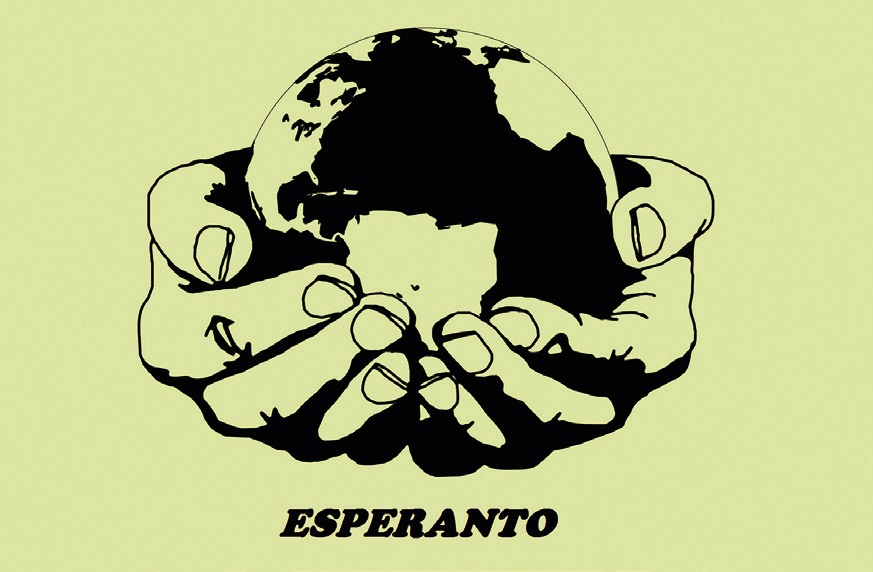Esperanto
Esperanto is a language that was invented by a man named L. L. Zamenhof in the late 1800s. It is called a constructed language because it didn’t develop naturally. It is not the language of any single country or group of people, although it is spoken by a few million. Esperanto is a unique language with many advantages.
Zamenhof grew up in an area of Poland where there was a lot of hostility among different ethnic groups. In the small area where he lived, there were speakers of at least four different languages. Zamenhof felt that his neighbours would have gotten along if they could have spoken to each other clearly. Instead, they were divided and trapped by language barriers. As an adult, he invented Esperanto to unite people around the world and to be used as a universal second language.
Esperanto, it is said, is about five times easier to learn than any other langauge. It has sixteen grammar rules and no irregular patterns. Parts of speech, for example, are obvious because of their suffixes. Each letter has exactly one sound, so spelling and pronunciation are also easy. Esperanto has been designed to be straightforward and simple.
Another advantage to this constructed language is that it is neutral. Many people feel that English is already spoken so widely that it should become the international language. However, this view is unpopular in many countries because of history or politics. Esperanto is seen as belonging to everyone. It can be understood despite speakers’ native accents, and because it is so simple, its speakers don’t make as many minor mistakes as non-native speakers make in English or other second languages.
Esperanto has appeared in many films and novels. Scientists use it for international communication, and it has even been used by the US Army. It may one day become an official language of the European Union. Although Esperanto is not spoken by everyone, it can be said that Zamenhof accomplished his goal.

